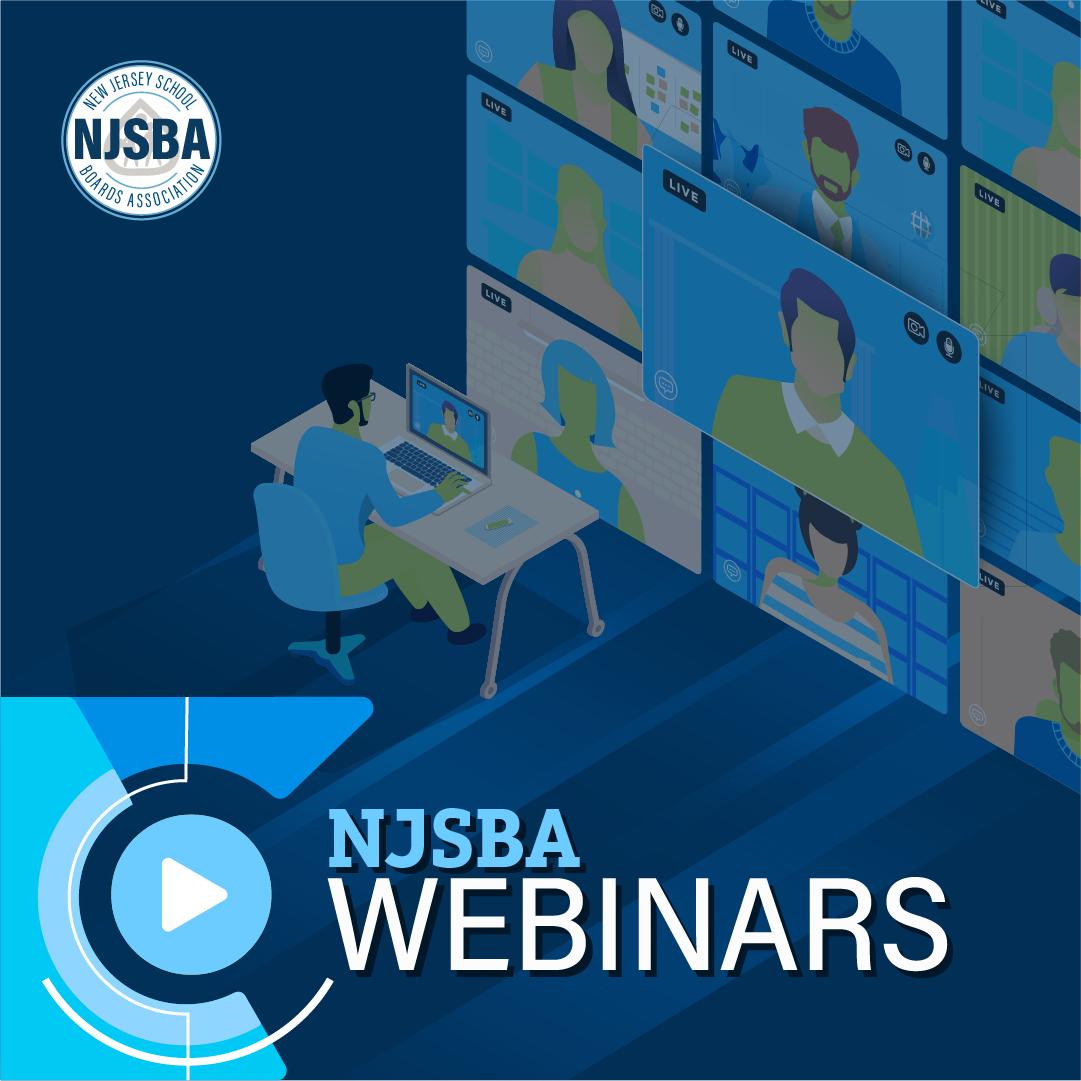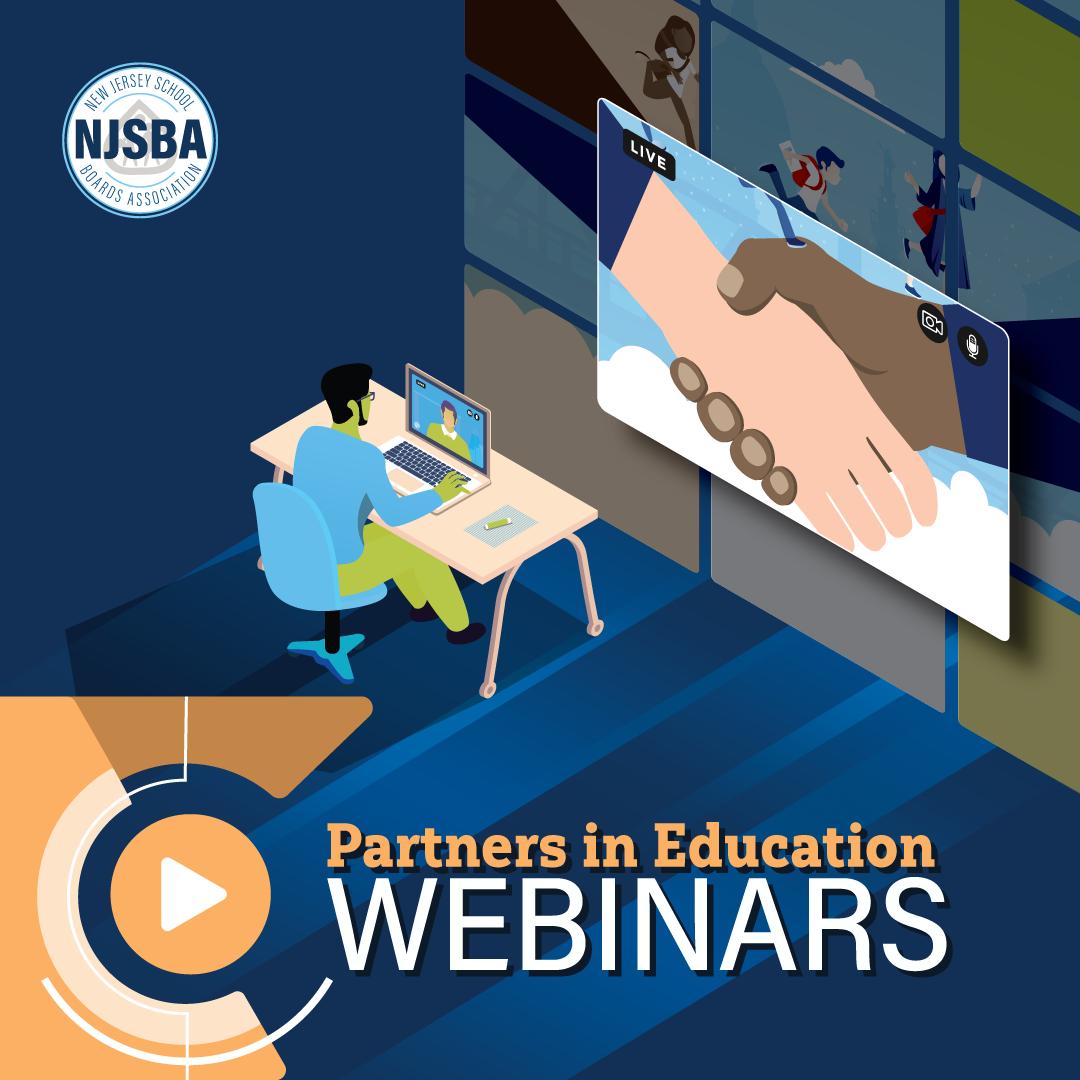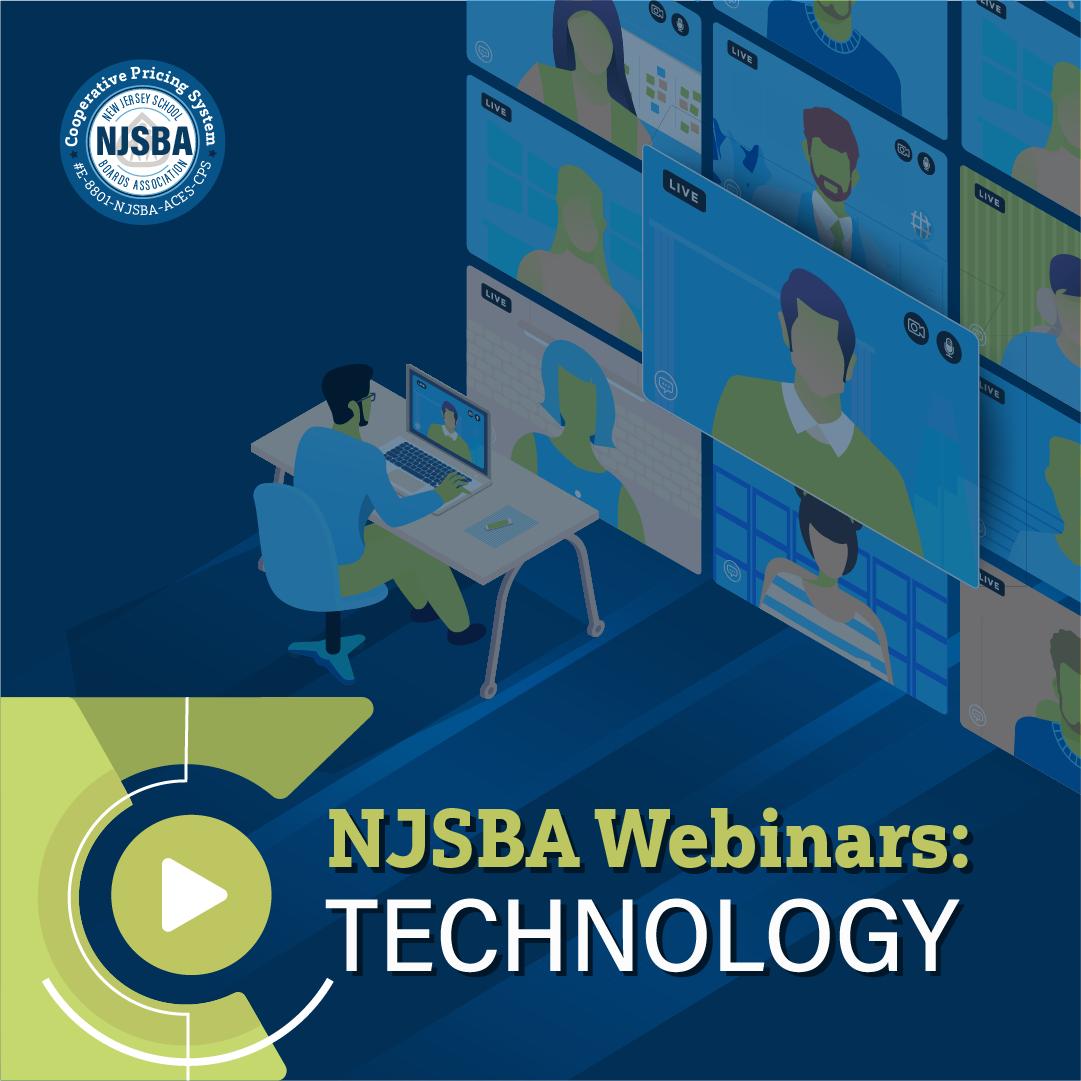B
The growing use of cell phones among children, coupled with the impact of social media, has sparked widespread discussion about the harmful effects of excessive cell phone usage.
Like the use of computers and tablets, cell phone use in schools, when incorporated responsibly, can be a beneficial component of the educational process that enables communication and improves student engagement. However, cell phone use can also distract students from instruction and result in adverse health impacts. Numerous studies by the National Institutes of Health, and many other authoritative sources on smartphone usage and mental health outcomes among children and young people, point to the prevalence of what is called “problematic smartphone usage,” or PSU.
While not yet classified as a distinct psychological disorder, PSU is commonly defined as psychological or behavioral dependence on cell phones and has been associated with an increased likelihood of experiencing poor mental health, including heightened levels of anxiety, depression and sleep disturbances, as well as enabling cyberbullying. The recent book “The Anxious Generation,” by Jonathan Haidt, is a noteworthy source of information in this area.
As a result of this scientific information, as well as anecdotal information identified by school administrators, many New Jersey school districts have already banned or restricted cell phone use at school. Beyond New Jersey, several other states have restricted or banned cell phones in schools, including California, Florida, Indiana, Louisiana, Minnesota, Ohio, South Carolina and Virginia. While the details of a New Jersey ban remain somewhat uncertain, it is looking as though New Jersey school districts will be tasked with implementing some type of ban or restriction on cell phone use by students soon. This article summarizes the activity to date and explores what a board of education may want to do to prepare.
On Jan. 14, 2025, Gov. Phil Murphy called for a statewide cell phone ban in all schools during his annual State of the State address. The proposal was for all New Jersey school districts to adopt policies to ban cellphones in classrooms. The governor said that these policies would help address the youth mental health crisis and improve student learning, because cell phones often distract kids. He noted that cell phone usage often fuels cyberbullying and can make it “incredibly difficult for students to learn.” He continued, “Honestly, is it any surprise that the rise in smartphone usage has coincided with a growing youth mental health crisis? Of course not. And I — for one — am not going to sit back as our kids suffer.” On Feb. 19, 2025, the governor further announced that his fiscal year 2026 budget proposal will include a $3 million line item to support phone-free schools grants, which will enable school districts across the state to invest in tools to limit classroom distractions and create healthier learning environments.
Also on Jan. 14, 2025, the State Senate unanimously passed S-3695, which would require the New Jersey Department of Education to develop a model cell phone and social media usage policy for students in all schools, grade K-12. At the time of this writing, the bill is awaiting consideration by the Assembly Education Committee. The bill would require the department to develop a model policy that contains specific elements, and all districts would have to adopt a policy consistent with the model policy.
While a final bill has yet to be issued, it is reasonable to anticipate that district policies may be more restrictive than the model policy, but not less so. The draft bill also allows districts to seek exemptions from this policy requirement through the commissioner of education. The policy would be applicable to student use of a cell phone/social media during regular school hours, on a school bus, or during school-sanctioned events when the student is under the direct supervision of an employee of a board of education. The law would take effect the next full school year following passage. Assuming the bill were to pass and be signed into law this school year, it would go into effect in the fall of 2025.
At a minimum, the model policy must include the following:
- Provide age appropriate and grade-level differentiated policies concerning limiting and prohibiting student use of cell phones and social media platforms.
- Prohibit nonacademic use of cell phones or social media during classroom instruction.
- Be consistent with state and federal law, including accommodations provided in a student’s individualized education program, educational plan, or 504 plan.
- Permit student use of cell phones in the case of an emergency or in response to a perceived threat of danger.
- Permit student use of cell phones upon submission by a parent or guardian of documentation from a health care professional indicating that the use of a cell phone is necessary for the health or well-being of the student.
- Address smartphones, cell phones with only text or voice, and other relevant devices, including smartwatches.
- List options that may be utilized by a school district for cell phone storage, including locked pouches and cell phone lockers.
- Provide guidance for a school district to establish network-based restrictions to prevent the use of, or access to, social media platforms.
- Detail protocols for communicating the district’s policy concerning student use of cell phones and social media platforms to students, their families and teaching staff members.
What will this mean for your district?
The model policy must be developed within 90 days of the law’s passage.Once that is in place, districts will have more guidance on what their policies must contain. At this point, we know from the legislation that certain decisions will need to be made, and many may be left to local districts. So, although the policy will be mandated, there appears to be some discretion for local districts to tailor it to their individual needs. Whether to have an outright ban versus some level of restriction is perhaps the biggest question.
Currently, there are districts that collect phones and store them, some in dedicated lockers or pouches. Other districts require that the phones be stored in students’ lockers. Others do not allow them in classrooms or require that they be turned off during certain parts of the day. Some districts have installed technology to block internet access, or access to certain platforms or apps in school.
A full ban should be weighed against the need for emergency use of cell phones in school. There are some who believe that student access to cell phones may be critical in an emergency, allowing instant communication between students and parents, as well as others inside and outside the schools, including first responders. However, others argue that such access can make the situation worse by preventing students from focusing on following the emergency instructions given, alerting an intruder to student locations, or by jamming up communication channels for first responders. As a starting point, districts will need to assess how cell phones integrate with their current safety and security plan. This is a sensitive issue for all stakeholders, with strong feelings attached. Many parents want to know that they can contact their children directly during an emergency.
Boards will need to work closely with their administration to identify which issues should be spelled out in policy, and which issues and decisions should be left to administration to address, either through regulation, or their district safety and security plan.
A board should also consider what roles and responsibilities will be assumed by staff. Depending on the details of the policy, there may be considerable work for staff to implement it. For example, if you have dedicated lockers or pouches for cell phones, where will they be kept? Who will oversee them? And who will decide when they need to be returned to the student for an authorized use? Many of these questions will need to be answered by administration.
The NJSBA has policy guidance that can help your district develop this policy. Should this begin with your policy committee, or is this matter of such importance in your district that it should be handled by the full board? You may consider forming an ad hoc advisory committee just for this purpose. If you need samples as a starting point, NJSBA maintains a policy clearinghouse of policies from New Jersey districts, as well as from other states, which may be useful to you. However, clearinghouse policies should be carefully reviewed by both the committee and the board attorney to ensure legal compliance. In addition, the board may consider existing policies on staff cell phone usage during instructional time and whether that policy should be revised or updated based on adoption of a new student cell phone policy.
As a starting point, you should define the need as this would be a mandated policy. What your district needs in terms of the specifics will be determined by the board, at least to some extent at the local level. Next, you should do your research and gather all the facts and data that you can.
There is a lot of information on this topic. Seek out experts. Listen to stakeholders in your district, including students, staff, parents and the public. One way to do this is to hold one or more town hall meetings solely for the purpose of gathering stakeholder input on this issue. Remember that involving stakeholders in the decision-making process helps to ensure that your policy meets the needs of the district and reflects the preferences of your community.
Finally, widely disseminate your policy in accordance with the requirements of the model policy. Get the word out to stakeholders and evaluate and re-evaluate your policy to be sure it is working properly and meeting the needs of your district.
Visit us online at www.njsba.org/policy.
Peter E. Castellano is NJSBA’s senior manager for policy. He can be reached at pcastellano@njsba.org.


